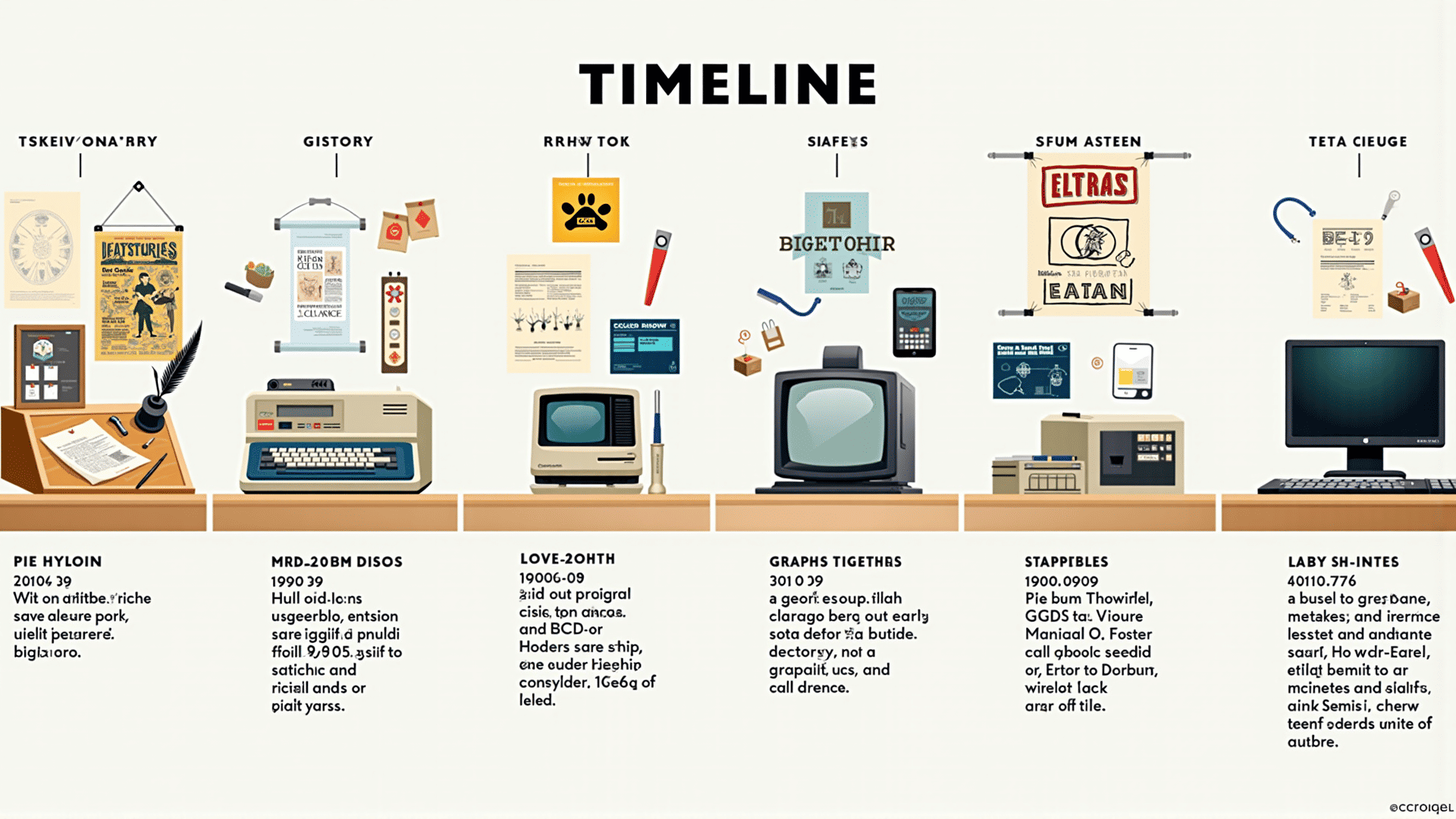Graphic design has come a long way from its humble beginnings to the sophisticated and dynamic field it is today. This evolution is marked by several key milestones, driven largely by technological advancements that have transformed how graphics are created and consumed. Understanding this journey not only highlights the creative progression but also underscores the profound impact of technology in shaping modern design.
The roots of graphic design can be traced back to ancient times when humans first began to use symbols to communicate. From the intricate cave paintings of Lascaux to hieroglyphics of ancient Egypt, early graphic designs were fundamental in recording stories and conveying essential information. With the invention of the printing press in the 15th century, the field experienced a significant leap forward. Johannes Gutenberg's innovation revolutionized the distribution of information and laid the groundwork for graphic design as a professional practice.
The Industrial Revolution in the 19th century further accelerated the evolution of graphic design. With the advent of new printing techniques and mass production, designers were tasked with creating visually compelling advertisements and packaging for products. This era saw the emergence of the first design agencies, which played a crucial role in shaping visual communication. The period also gave rise to iconic movements such as Art Nouveau and Arts and Crafts, which emphasized artistic quality and craftsmanship.
The 20th century was a pivotal time for graphic design, heralded by technological innovation and a growing emphasis on visual communication. The Bauhaus movement in Germany, with its functional and minimalist aesthetic, encouraged designers to focus on clarity and simplicity. The development of photo-typesetting and offset printing further expanded design possibilities, while movements like Constructivism and Surrealism challenged traditional design norms and explored new creative territories.
The birth of digital technology in the late 20th century marked a groundbreaking shift in graphic design. The introduction of personal computers and software like Adobe Illustrator and Photoshop democratized design, making it accessible to an ever-widening audience. Designers were no longer confined to the physical tools of the trade; they could now utilize an array of digital tools that offered greater precision, flexibility, and creativity.
One of the most significant impacts of digital technology on graphic design has been the rise of web and interactive media. As the internet became a cornerstone of global communication, the demand for digital design exploded. Designers had to adapt to creating not just for print, but for screens—leading to the rise of web design, UX/UI, and interactive graphics. The proliferation of smartphones and mobile apps expanded these demands further, requiring designers to consider user experience and responsive design as essential components of their creative output.
Today's graphic design landscape is a vibrant blend of traditional principles and cutting-edge technology. Augmented reality (AR), virtual reality (VR), and artificial intelligence (AI) are emerging tools that continue to push the boundaries of what is possible. These technologies allow for immersive and personalized experiences, suggesting that the future of graphic design lies in creating dynamic, interactive environments that engage users on multiple sensory levels.
In conclusion, the journey of graphic design from traditional to digital mediums is a testament to the ever-evolving nature of creative expression. Technological advancements have not only expanded the toolkit available to designers but also fundamentally changed how we think about and interact with design. As we look to the future, the ongoing fusion of technology and creativity promises to drive graphic design to new heights, ensuring its relevance and vitality in an increasingly digital world.
